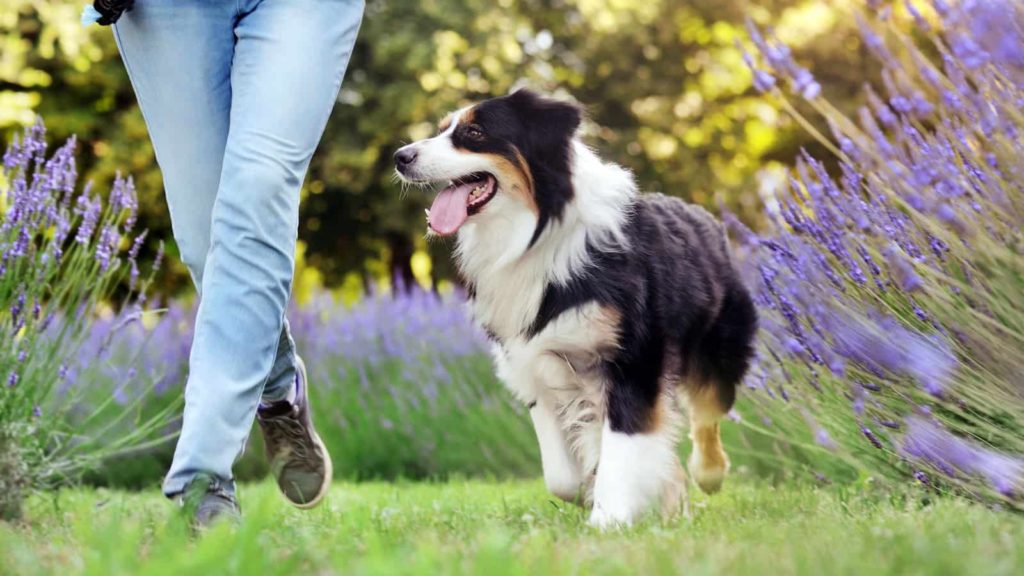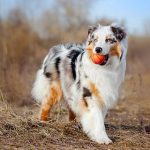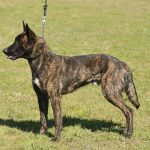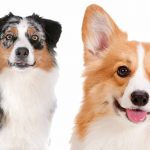Does your Australian Shepherd act like it’s glued to you?
Does he or she follow all your commands and touch you immediately when you approach? In this article we’ll explain why this is and the problem it presents, if it’s a problem at all.
We’ll also show you how to make your Aussie feel more secure. Later, I predict that my Australian Shepherd (Pharoee) will be sitting on me a lot.
We’ve tried setting boundaries with her, but she just doesn’t care. We want to make sure she doesn’t feel forced to sit with us, but at the same time, we don’t want her to miss out on the companionship.
Why Does My Australian Shepherd Sit on Me?
Contents
Some dogs are family dogs, showing great care and affection for their human companions. While other Australian Shepherds seek the companionship of another dog, usually another Australian Shepherd.
One of them is not trying to attack you. You are just their favorite human.
If Australian shepherds like you, they can begin to form a deep bond with you.
When an Australian Shepherd identifies you as their human, they will show their love for you by being too affectionate.
If your Shepherd sits on your feet , it’s not because he’s lazy, he doesn’t mind the extra footstool. After all, he wouldn’t be doing what he’s supposed to do if he didn’t love you enough!
It’s almost as if they knock at the door of your heart when they sit on your feet.
Even when you’ve caught your breath, you’re probably too slow to run away.
Keep in mind that your Australian shepherd only does this when they feel very strongly about a person or thing.
Also Read: What Temperature Do German Shepherds Prefer?
Do All Australian Shepherds Exhibit the Same Behavior?
There are no specific traits that define an Australian Shepherd.
All traits are inherited, so irrelevant behavior is just inborn. Australian Shepherds are likely to display a wide range of expressions depending on their environment.
One eye-catching trait is their jumping behavior that usually involves rapid and repeated jumps from one object to another.
The issue with generalizing a breed or even an animal is that it does not always live up to those expectations.
As a result, just though Australian Shepherds are recognized for their unique appearance, they don’t necessarily exhibit the same behaviors as all shepherd dogs.
Some Shepherds may not form especially strong bonds with a chosen family member, but they can still make great companions.
Others may like one person over someone else.
With a dog, you want them to be comfortable with you and want you to feel comfortable with each other. Some Australian Shepherds are more prone to barking than others.
There is a higher likelihood that Australian Shepherds will shed and drool more because they have a tendency to drool. They can shed and drool a lot because of their curly hair.
This is due to the multiple behaviors that Australian Shepherds are predisposed to.
Some such behaviors include barking at noises that appear to be out of the ordinary, including cries for help or for other pets, or other threats. Australian Shepherds are often accused of being emotionally manipulative.
They tend to seem happy, even if the causes of their happiness are destructive.
Conclusion
Your Australian Shepard is a natural born leader.
They shall lead you into being a great home pet. Do as much as you possibly can in your schedule to meet your dog.
Train your Australian Shepard to become a magnificent companion. Train your dog to eliminate in the house.
Your dog shall be happy while staying at your home. Train your Australian Shepard to be a perfect service dog and appear when you need their help.
Make sure your dog is trained and well behaved in a private setting before beginning to train them in a public setting.




